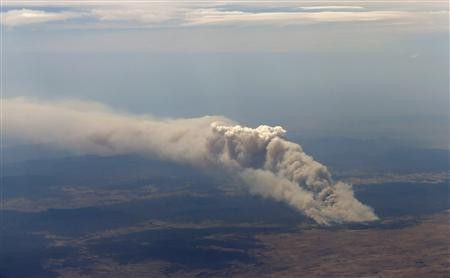Australia's Chance Of El Niño Rises To 70%; Heatwaves And Drought To Persist

Australia will be facing drought as soon as the Bureau of Meteorology forecasts a 70 percent chance of El Niño in the Pacific Ocean. By summer's end, Australians will see less rainfall as temperatures rise due to warmer weather.
The weather bureau has revised its El Niño forecast from a 50 percent probability to the current 70 percent. According to the bureau's latest report, above average sea temperatures continue to rise in the Pacific Ocean in the last two weeks. Surface temperatures have increased higher than El Niño thresholds in the past three months. The bureau's El Niño southern oscillation tracker status was changed from "watch" to "alert" level.
The eastern part of Australia may be facing dry conditions in the next three months as summer. Dr Andrew Watkins, the manager of climate prediction services said the bureau has been observing the further warming of the Pacific Ocean near the equator. He explained that the impact of El Niño is already felt in large parts of the country even if an El Niño event has not been officially declared.
Meanwhile, the United Nations has released a new report indicating that the world is nowhere close to stopping global warming. Despite the pledges of some countries to reduce carbon emissions, the UN found that emissions will continue to rise until 2050.
To meet the goal world leaders had set in 2009, countries will have to reduce emissions of carbon dioxide, methane and other greenhouse gases before 2030, according to the UN report's chief scientific editor Joseph Alcamo. However, based on the report, it may be too late for the world if carbon emissions will continue to increase until 2050.
Researchers believe that for the world to keep temperatures below the two-degree mark, about 46 billion tonnes of greenhouse gas may be emitted by 2030. The recent promises of the U.S., China and Europe may not be able to close the gap, said Alcamo.
In the report's Foreword, UN Undersecretary for Environment Achim Steiner wrote that the latest analysis indicates a "worrisome trend" as continued greenhouse gas emissions will lead to warmer climate and worse the effects of climate change.





















